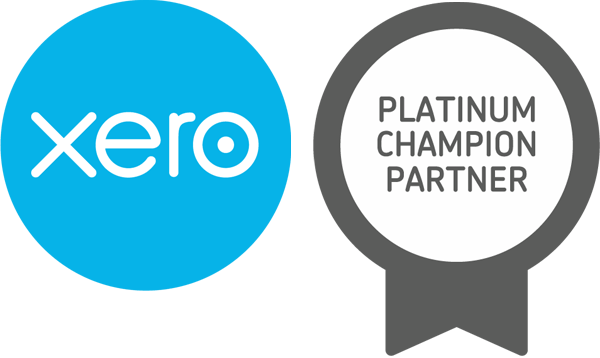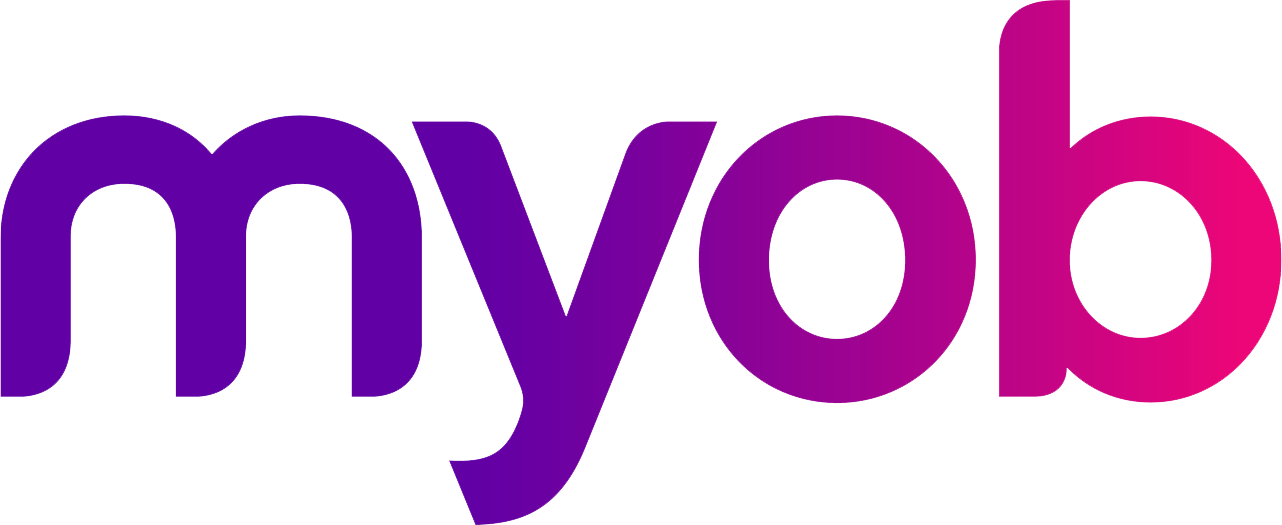Claiming Car Expenses
Claiming Car Expenses – Which Method?
The ATO has just announced that the cents per kilometre rate have increased to 85 cents per kilometre for 2023/2024.
There are two methods to claim work-related car expenses as follows:
Cents per kilometre method
This method is easier for record-keeping, involves simpler calculations, and is suited to those with less vehicle use. You simply record the number of kilometres you are travelling for work or business over the duration of the year, and you claim these using a set rate.
The drawback of this method is that you are limited to a maximum of 5000 work-related or business kilometres per year. That gives you a total maximum claim of $4,250. Thus, if you are using your car a lot for work, you may find that this method is quite limiting.
Logbook method
This method can allow for greater claims depending on how much you use your car for work or business. Each logbook you keep is valid for five years.
However, there are more record-keeping requirements – the main one being that you must keep a 12-week logbook that records all your business and private trips for those 12 weeks. At the end of the 12 weeks, you calculate your work-related or business percentage use, and you can claim that percentage of all deductions for your car.
You must also keep all receipts for fuel, insurance, registration, interest, and servicing throughout the year. As mentioned, despite the additional effort, it can often lead to a greater claim if you use your car a lot for work and business.
Please note that for the 2022/2023 financial year the rate was 78 cents per kilometre.









